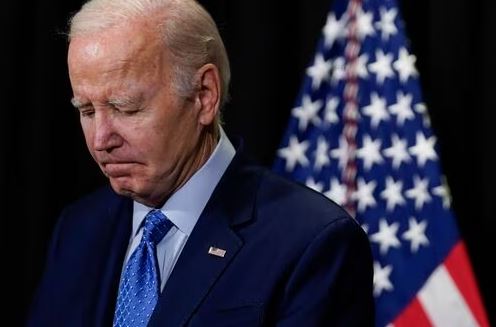
Seasonal Generosity or Expensive Agenda?
As we bid farewell to Thanksgiving, we ushered into the festive aura of Christmas. It’s a time when benevolence seems to permeate the air and for none more so than President Joe Biden, who, it seems, is embracing the holiday spirit with open arms—particularly when it comes to your hard-earned money.
The Aftermath of a Supreme Court Setback
After the U.S. Supreme Court struck down Biden’s unilateral attempt to forgive a substantial chunk of student loans, he has been on a relentless quest to find alternative routes. His latest move, however, raises concerns for those who’ve settled their loans and the millions who chose a different educational path altogether.
The Unraveling of Biden’s Student Loan Strategy
A Costly Pivot
President Biden’s previous attempt at unilateral loan forgiveness faced a legal dead-end. Undeterred, he now pivots to what critics call a ‘sneaky’ alternative plan, aiming to make a significant impact before the next presidential election.
Want to know if you’re earning what you deserve? Find out with LawCrossing’s salary surveys.
The SAVE Program Unveiled
Dubbed the “Saving on a Valuable Education (SAVE)” program, this initiative aims to expand income-driven repayment plans, a move some argue exceeds the intended scope of the Higher Education Act. Unlike previous attempts, this plan is touted as permanent, potentially affecting millions of Americans.
The Financial Implications
Affordability at Whose Expense?
The SAVE program broadens caps on monthly payments based on income and family size, offering interest subsidies and, for some, the prospect of eventual loan forgiveness. The White House bills it as the “most affordable student repayment plan ever,” but questions linger: Affordable for whom?
The True Cost of Forgiveness
While individual borrowers may find relief, the financial burden ultimately falls on taxpayers. According to the Penn Wharton Budget Model, the SAVE program is estimated to cost $475 billion over ten years. The House Committee on Education & the Workforce suggests an even higher figure, potentially making it the “costliest regulation in U.S. history.”
Unintended Consequences and Critical Voices
A Dubious Safety Net
Nat Malkus, deputy director of education policy studies at the American Enterprise Institute, warns of unintended consequences. He suggests that these changes could transform income-driven repayment plans into a hybrid loan-grant system, a far cry from Congress’s original intentions.
The Mask of Loan Forgiveness
While widespread loan forgiveness might provide a temporary solution, critics argue that it masks the more profound issues plaguing the soaring costs of higher education. Moreover, it may inadvertently exacerbate the problem.
Don’t be a silent ninja! Let us know your thoughts in the comment section below.
